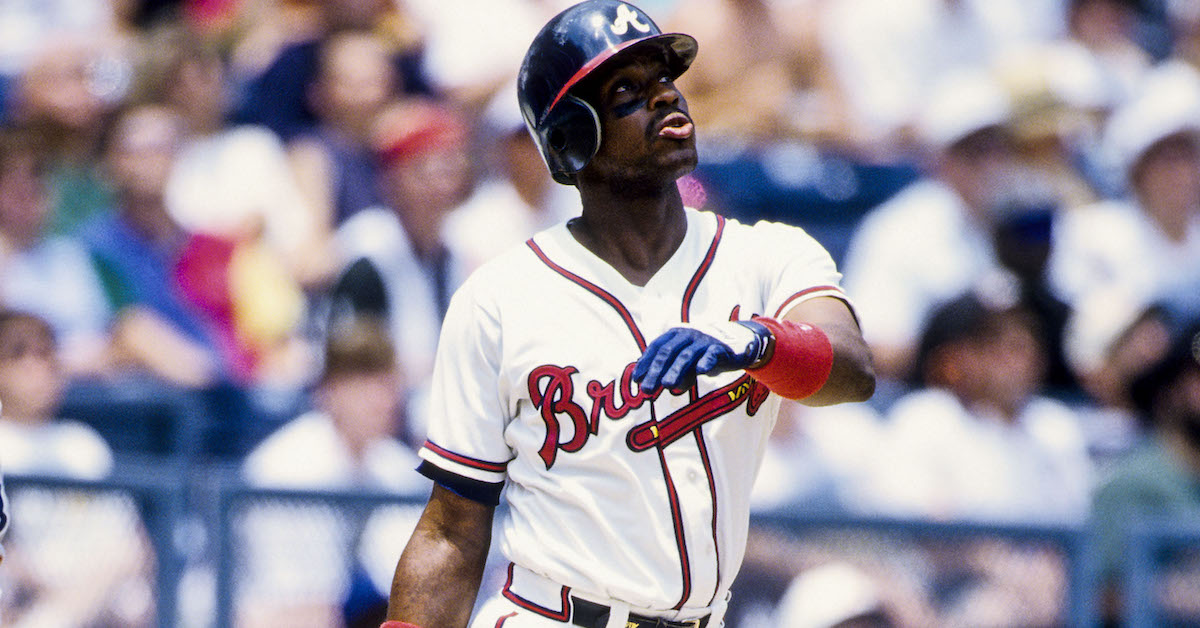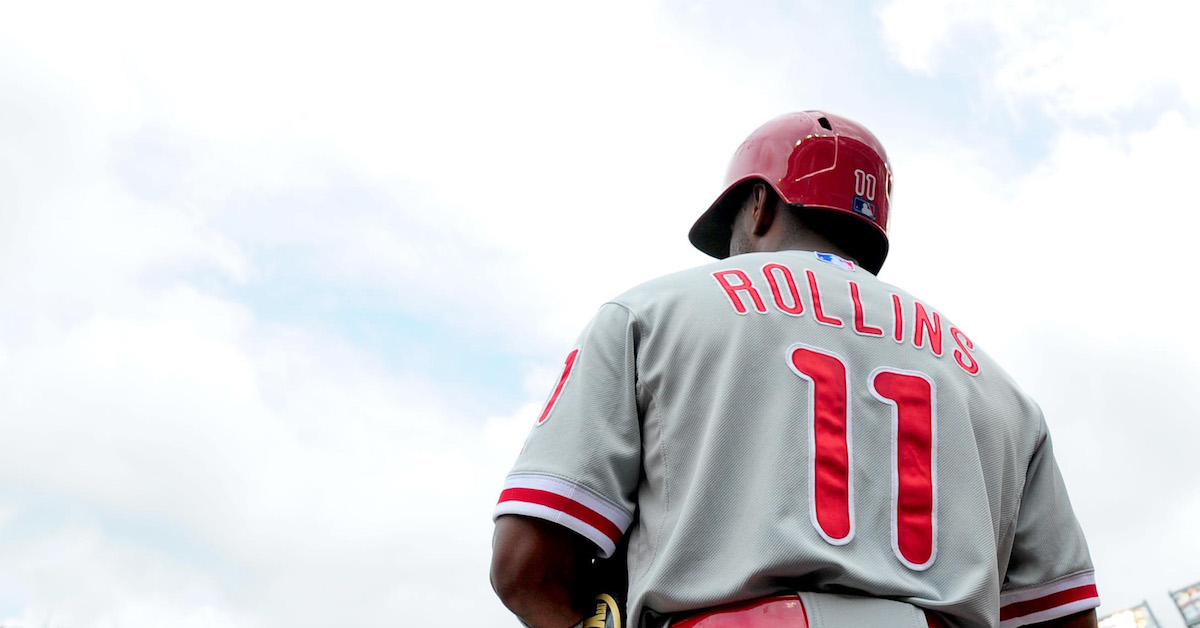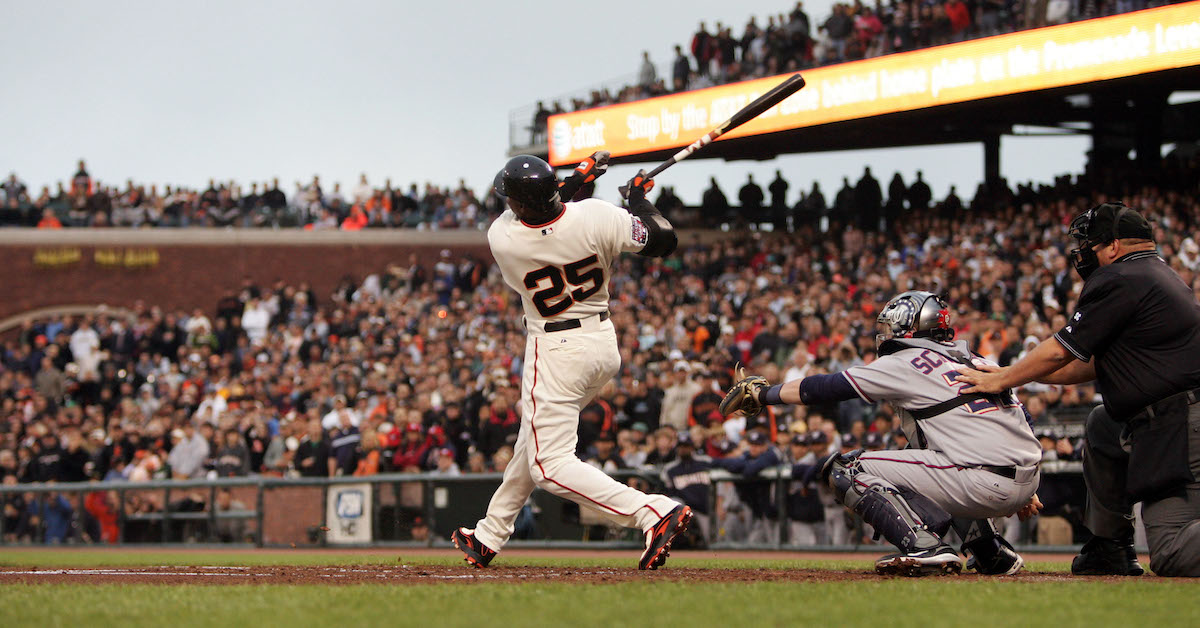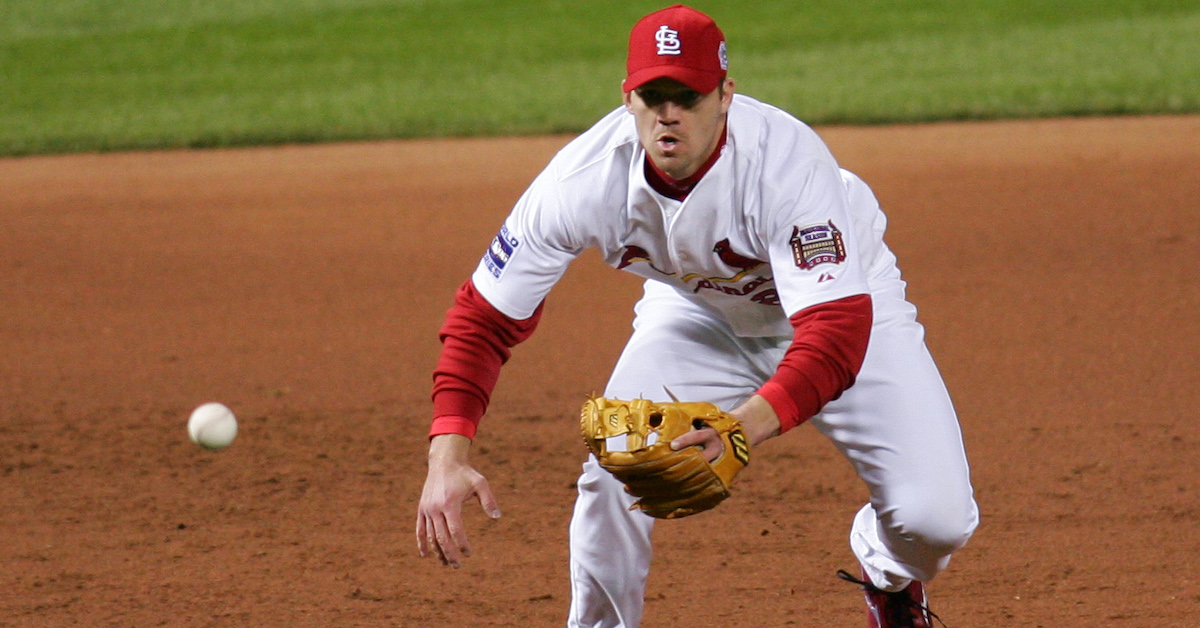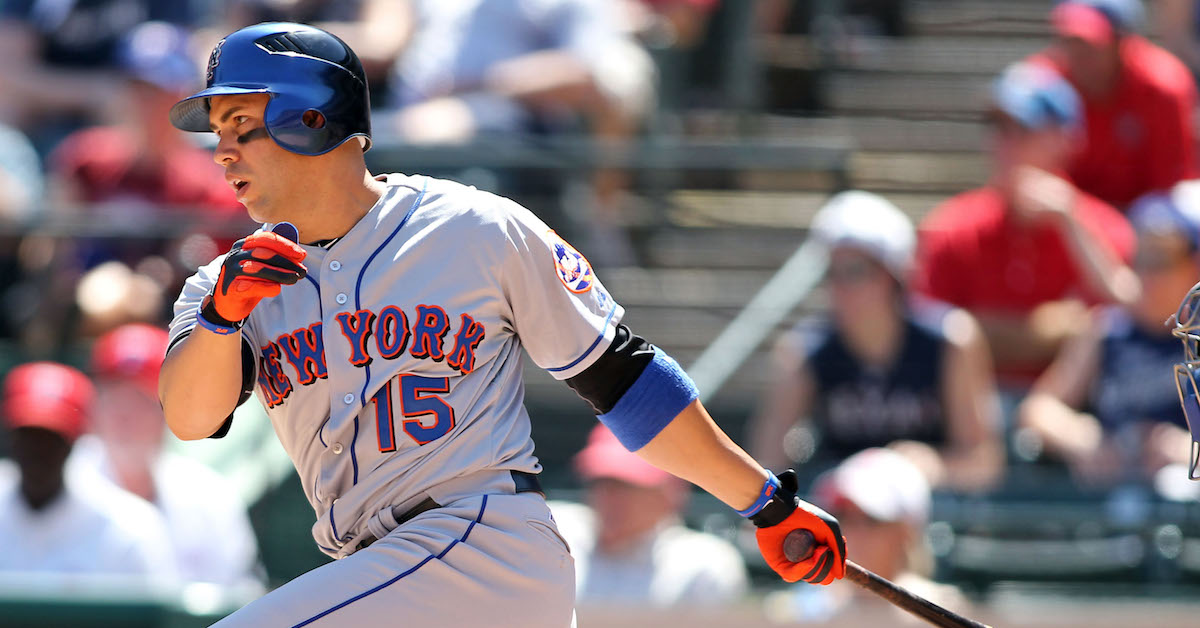JAWS and the 2023 Hall of Fame Ballot: Andruw Jones

The following article is part of Jay Jaffe’s ongoing look at the candidates on the BBWAA 2023 Hall of Fame ballot. It was initially written for The Cooperstown Casebook, published in 2017 by Thomas Dunne Books, and subsequently adapted for SI.com and then FanGraphs. For a detailed introduction to this year’s ballot, and other candidates in the series, use the tool above; an introduction to JAWS can be found here. For a tentative schedule and a chance to fill out a Hall of Fame ballot for our crowdsourcing project, see here. All WAR figures refer to the Baseball-Reference version unless otherwise indicated.
It happened so quickly. Freshly anointed the game’s top prospect by Baseball America in the spring of 1996, the soon-to-be-19-year-old Andruw Jones was sent to play for the Durham Bulls, the Braves’ High-A affiliate. By mid-August, he blazed through the Carolina League, the Double-A Southern League, and the Triple-A International League, then debuted for the defending world champions. By October 20, with just 31 regular-season games under his belt, he was a household name, having become the youngest player ever to homer in a World Series game, breaking Mickey Mantle’s record — and doing so twice at Yankee Stadium to boot.
Jones was no flash in the pan. The Braves didn’t win the 1996 World Series, and he didn’t win the ’97 NL Rookie of the Year award, but along with Chipper Jones (no relation) and the big three of Greg Maddux, Tom Glavine, and John Smoltz, he became a pillar of a franchise that won a remarkable 14 NL East titles from 1991 to 2005 (all but the 1994 strike season). From 1998 to 2007, Jones won 10 straight Gold Gloves, more than any center fielder except Willie Mays.
By the end of 2006, Jones had tallied 342 homers and 1,556 hits. He looked bound for a berth in Cooperstown, but after a subpar final season in Atlanta and a departure for Los Angeles in free agency, he fell apart so completely that the Dodgers bought out his contract, a rarity in baseball. He spent the next four years with three different teams before heading to Japan at age 35, and while he hoped for a return to the majors, he couldn’t find a deal to his liking after either the 2014 or ’15 seasons. He retired before his 39th birthday, and thanks to his rapid descent, he barely survived his first two years on the Hall of Fame ballot, with shares of 7.3% and 7.5%. Over the past three cycles, he’s more than quintupled that support, jumping to 19.4%, 33.9%, and 41.4%, a point where eventual election, either by the writers or a small committee, becomes a legitimate possibility. With five years of eligibility remaining, he still has a chance to get to 75% from the writers. Read the rest of this entry »

